Page: all
Entries: 18
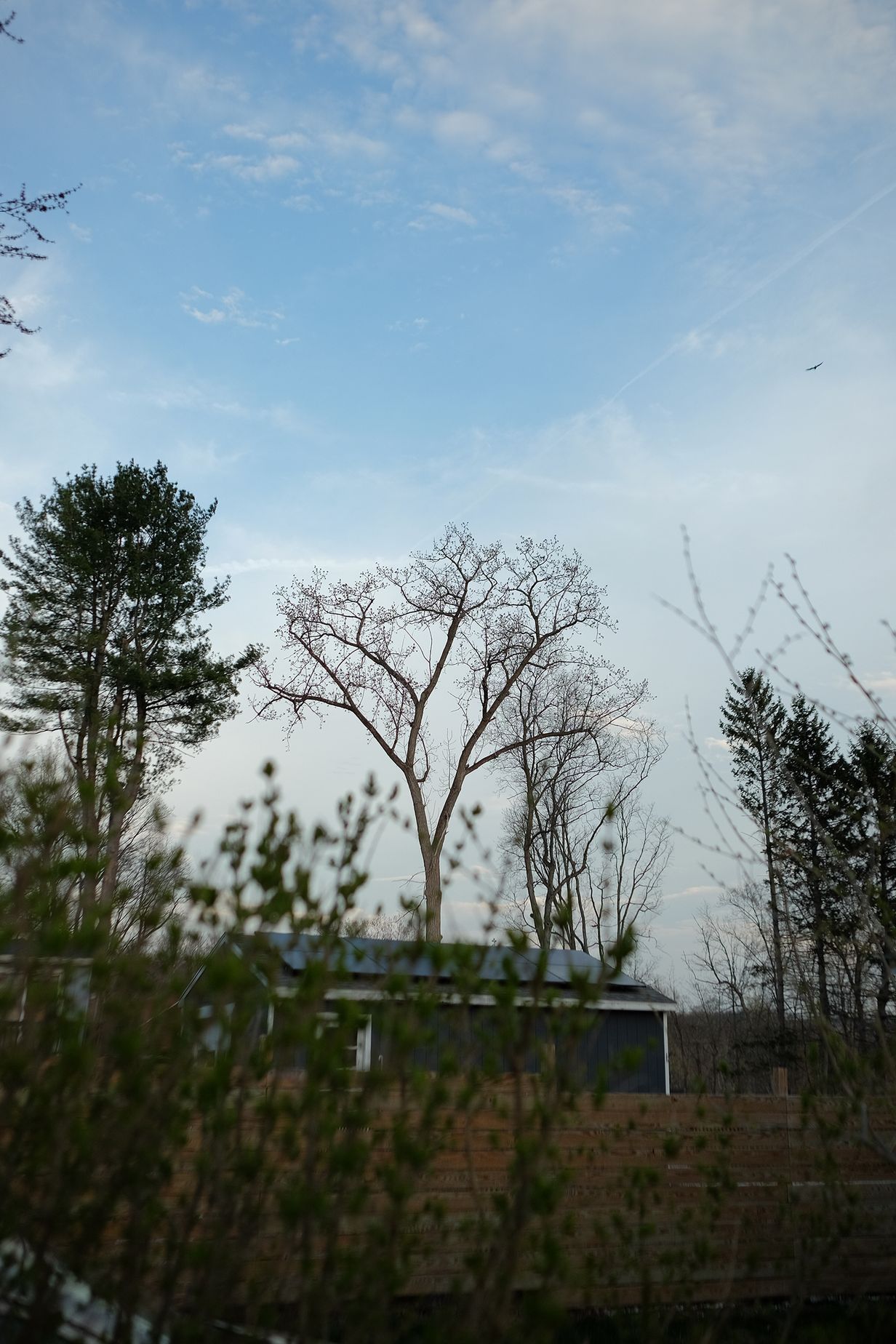
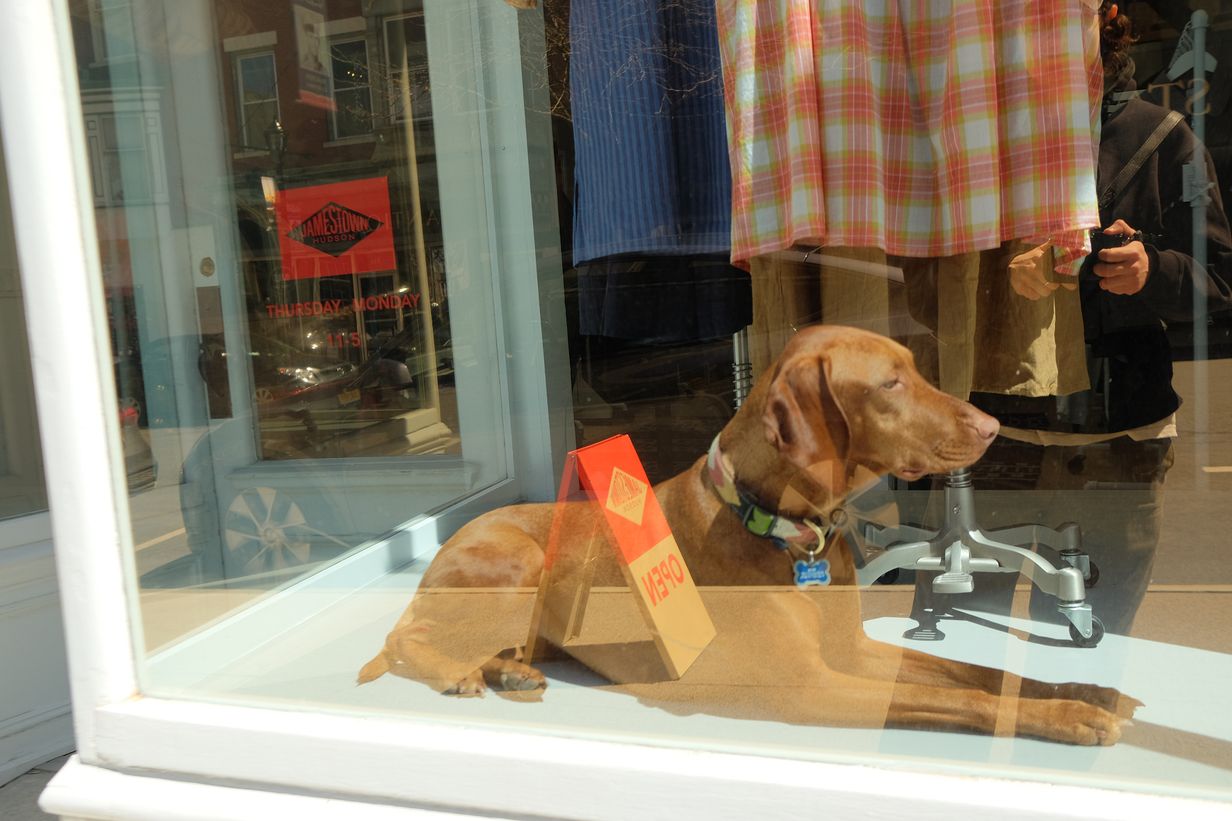
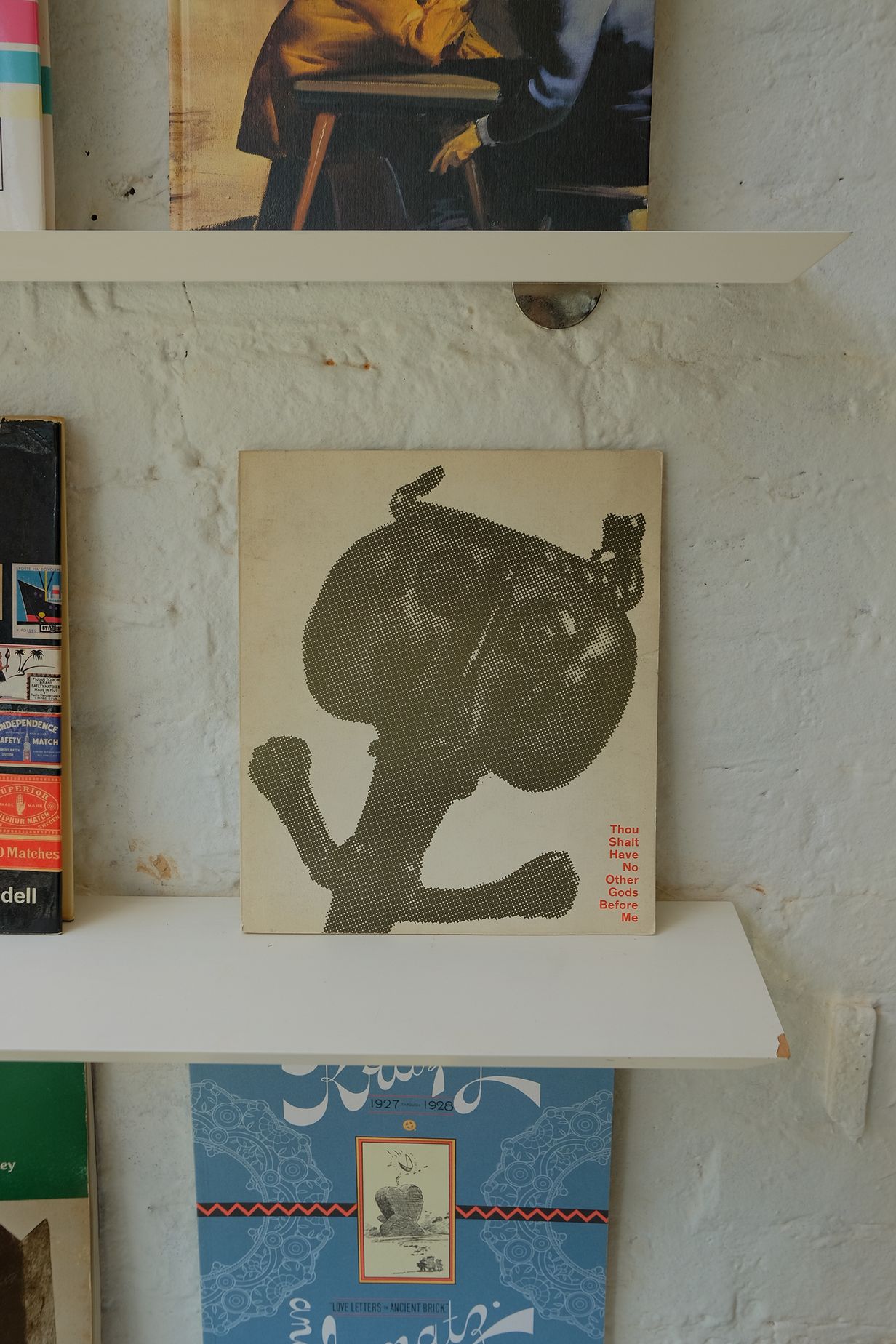

Let's publish this why not!

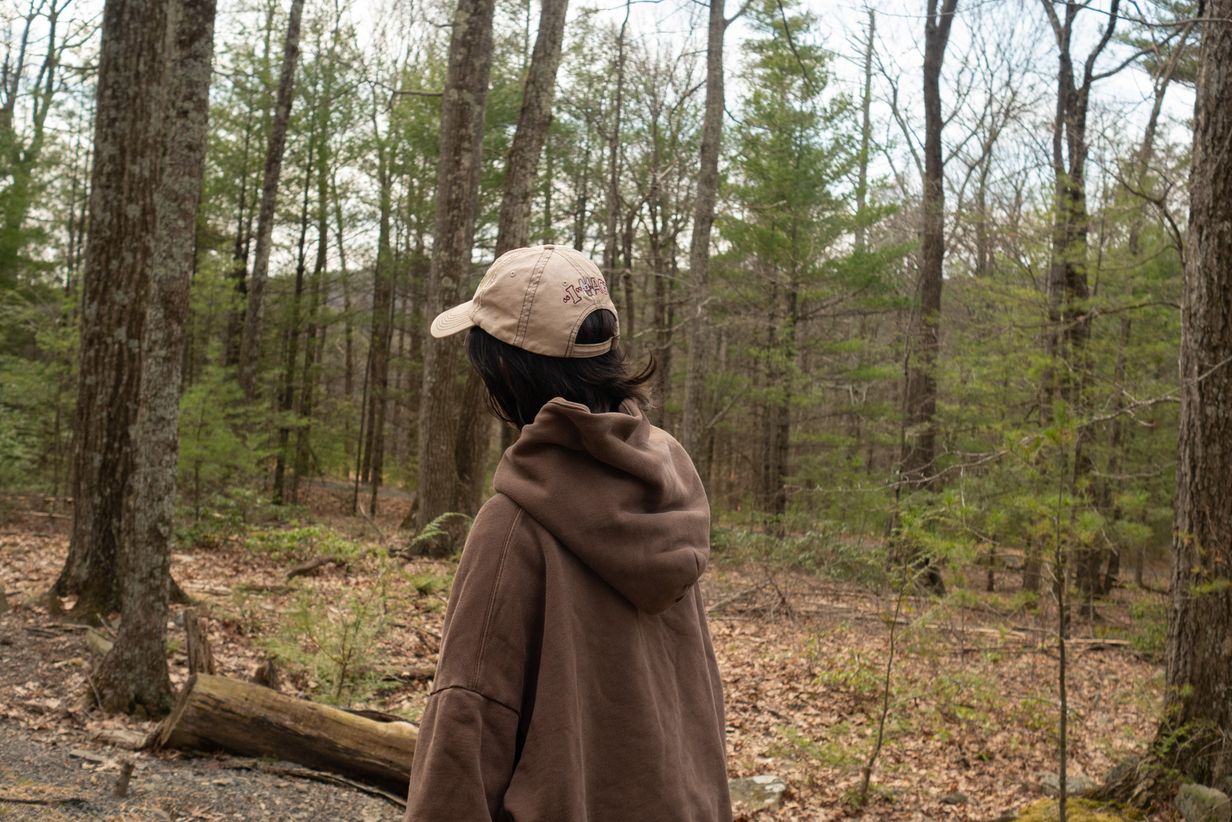
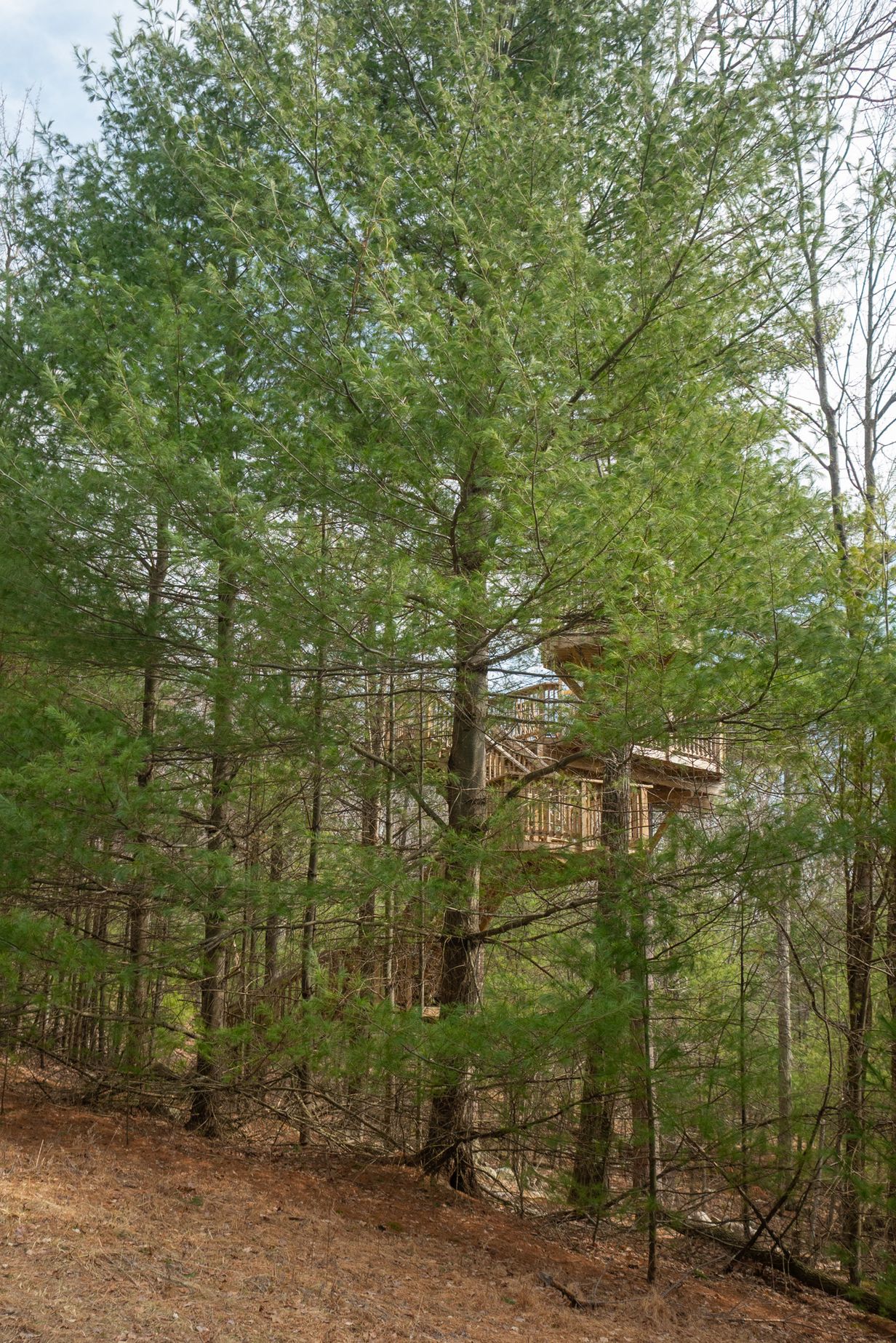
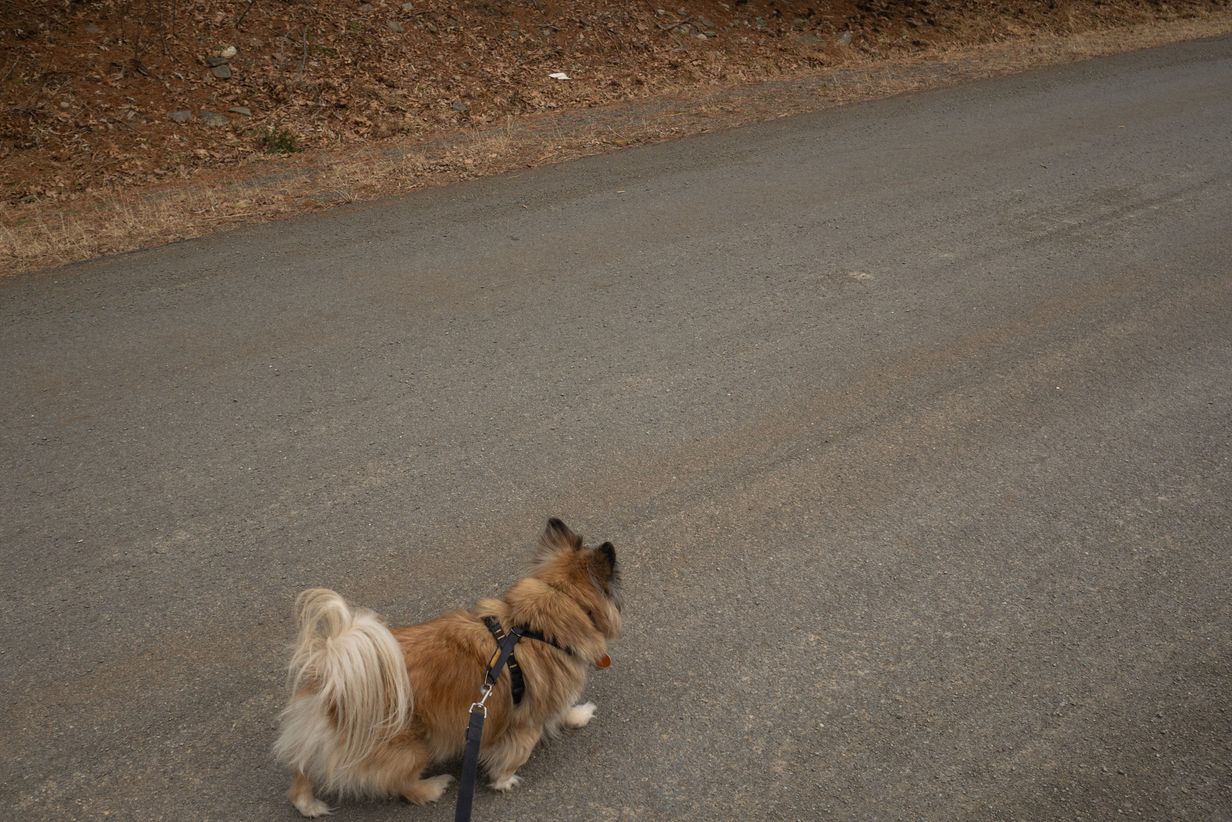
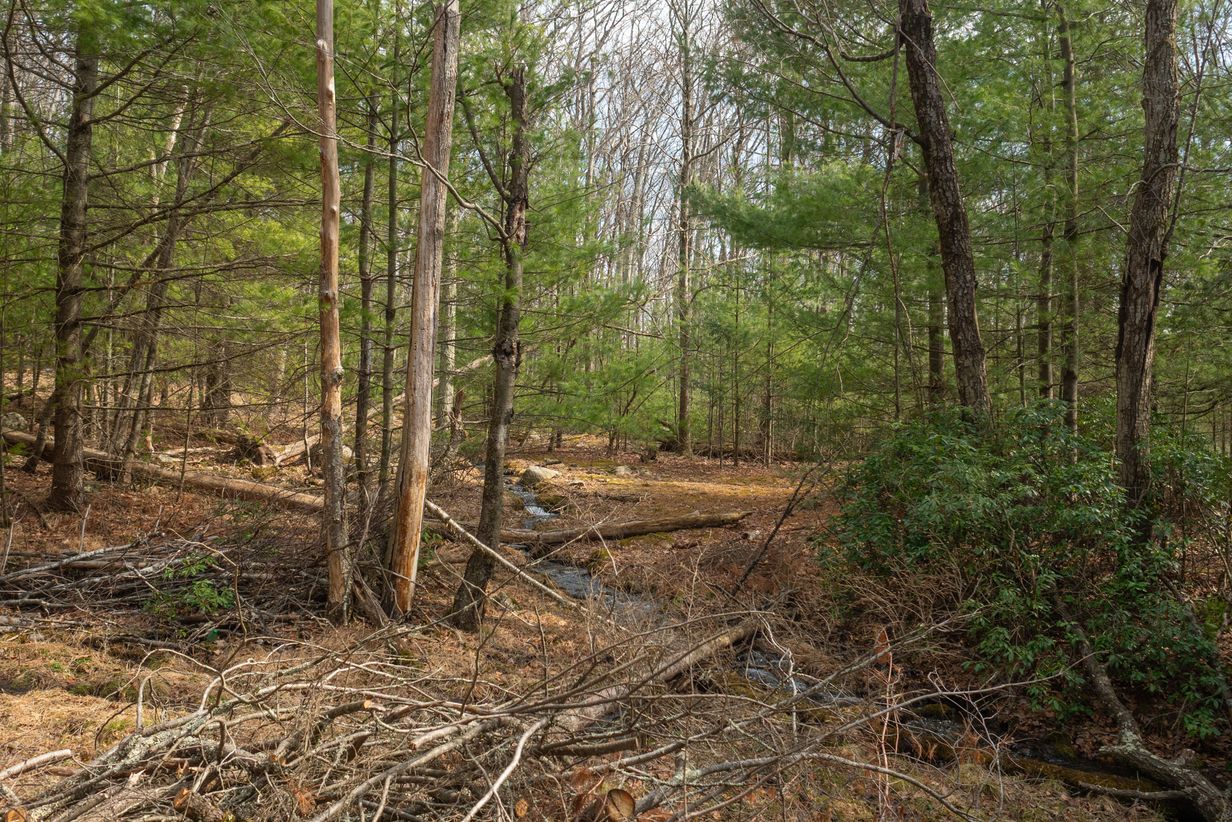

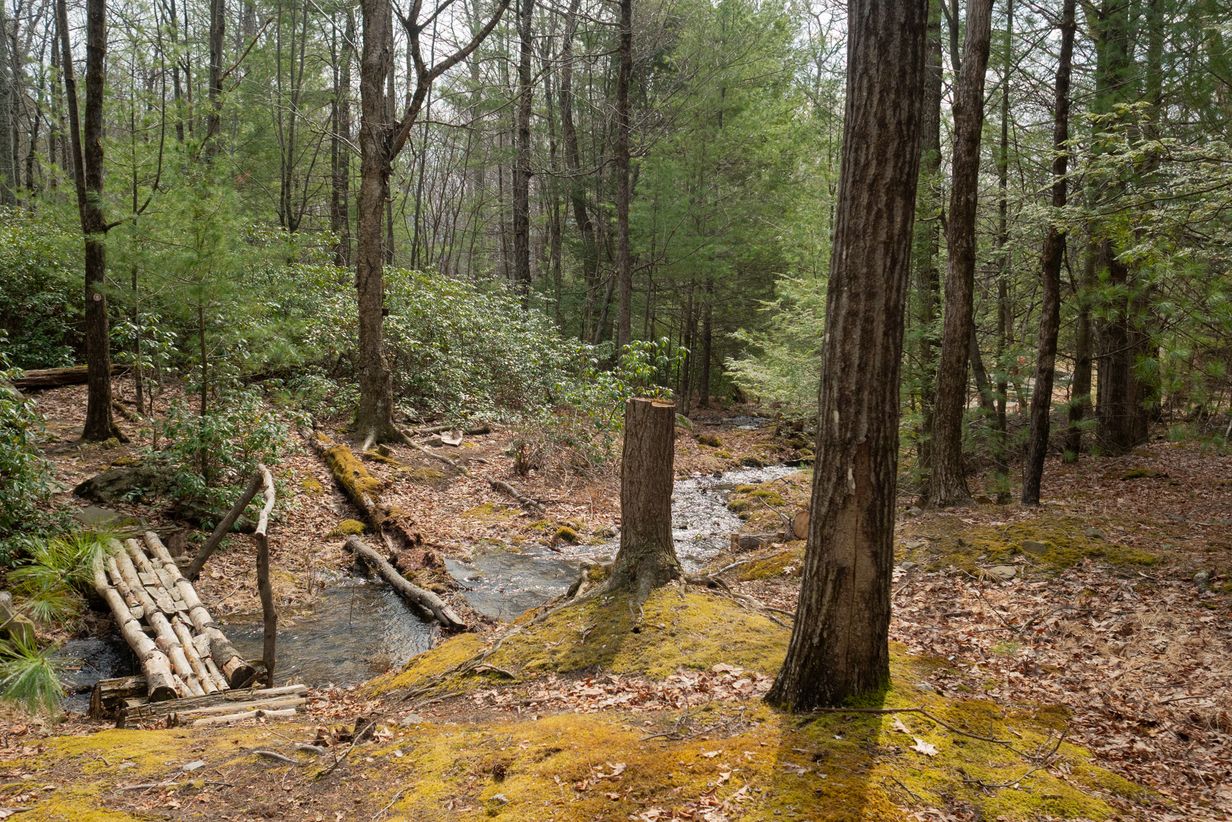
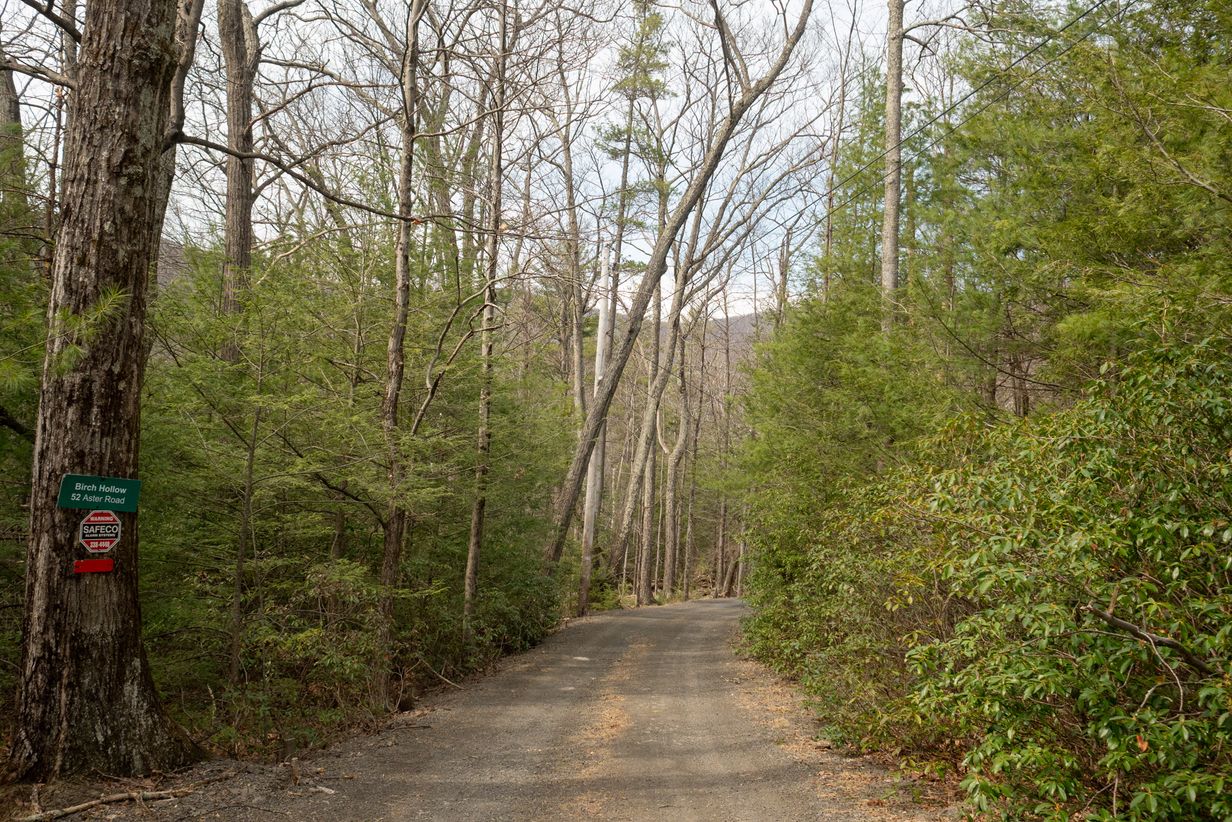
I recently got the bug to buy a new camera, but I learned new cameras are expensive, so I pulled an old camera out of my closet instead. It’s a Panasonic Lumix G7 from 2015. I think I originally got it to document my work, and while it has come in clutch a few times here and there, I haven’t used it too much in the past 10 years. It isn’t the camera I wish I owned, but this year I’m trying to use the things I already have, which it turns out is quite enough. I did allow myself to get a new used prime lens for the old camera. It’s an Olympus M.Zuiko 17mm/f1.8 (35mm full frame equivalent). I like being able to switch quickly between manual and automatic focus with the ring on the lens, plus it looks really cute on the G7. If only it had a manual aperture ring as well...(just waiting for a Fuji -_-).
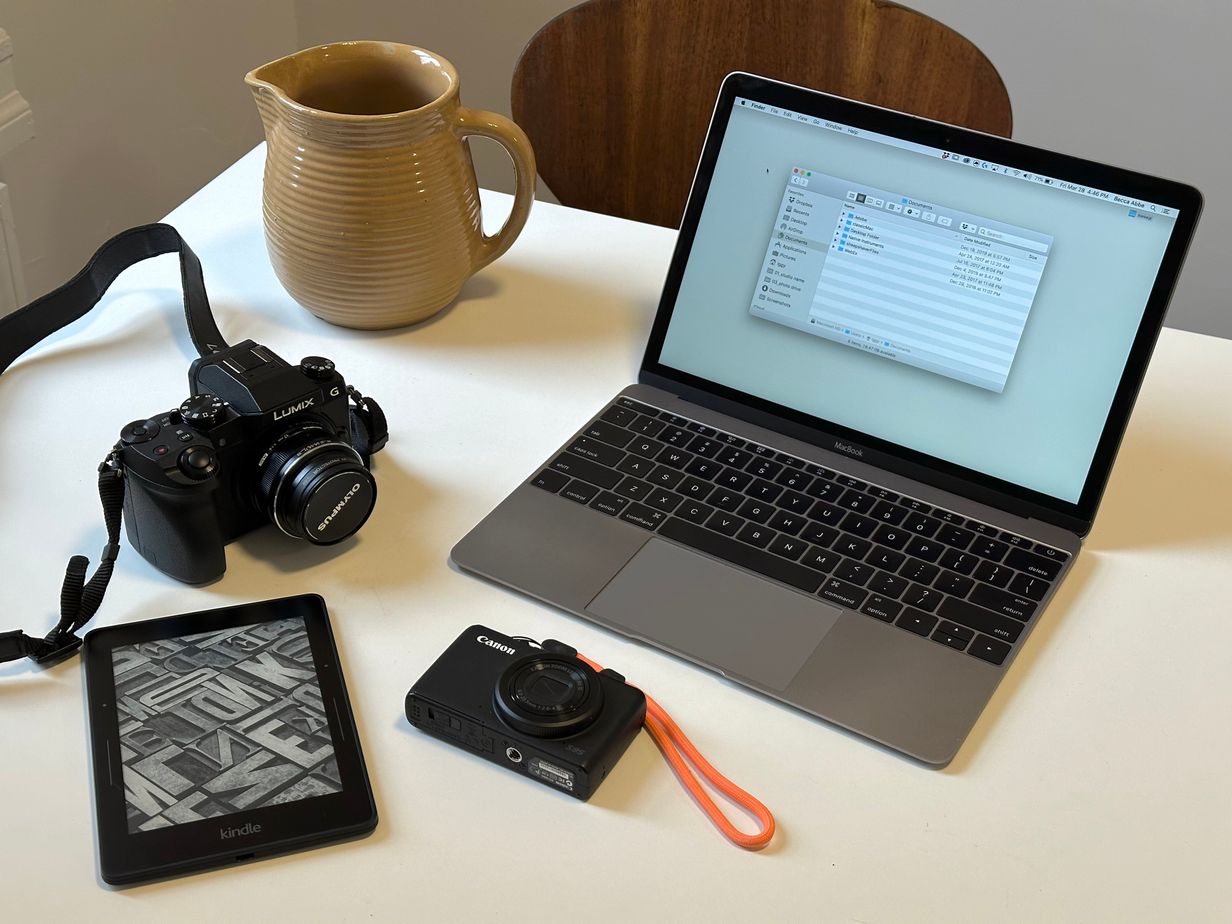
The camera excavation made me wonder about what other tech I’ve been hoarding that could be newly useful and combat my never-ending wanting of things. I have a little collection of vintage gear compiled now. My Canon s95 (2010), Kindle Voyager (2015), and a 12 inch Macbook (2016). I’m thinking about wiping the laptop and making it some kind of dedicated device. Anyway... above are photos I took upstate last week.
My site only publishes from New York time
I ran into a fun problem this week. I moved my Eleventy source files to a different computer and realized that because my post dates are being read from the “date created” metadata of the files in finder, when the website files are copied, all the post display dates reset to the copied date as well, instead of retaining their original created date. I’m now realizing why they recommend NOT using “date created” in the Eleventy docs :)...
There is a way to override the date by manually typing a fixed timestamp in the markdown front matter. I’m annoyed by this because I want to be able to post nearly blank markdown files. In fact, many of my entries didn’t even have front matter previous to this discovery.
I put a lot of effort into reducing the steps to publishing, so I will not tolerate having to type out “date: 2025-03-12T16:43-04:00” every time I want to make a new post. Since I do already have my mkpost() bash script to create an index.md inside a new folder named with the current timestamp, I figured there must be a way to write the date to the contents of the markdown file at the same time as well.
I updated my script to look like this:
mkpost() {
export STAMP=$(date +%Y-%m-%dT%H:%M-05:00)
export POSTDIR=src/posts/$(date +%Y-%m-%d-%H-%M)
mkdir -p $POSTDIR
echo -e "---\ndate: $STAMP\n---" >> $POSTDIR/index.md
}
Great! Except not, because now the hour displayed on the website is different from the hour in the folder name and permalink. I really wanted to tear my hair out because I couldn’t believe how complicated this function had to be in the end. I went from a 1-liner to 12! All to accommodate daylight savings time. In a way I was lucky that this happened across the week where we sprung forward. Otherwise I never would have thought about a variable UTC offset.
I’m pleased to present my new mkpost() script which will automatically account for the clocks changing twice a year:
mkpost() {
export DST=$(date +%Z)
if [ $DST = 'EDT' ]; then
export OFFSET='04:00'
else
export OFFSET='05:00'
fi
export STAMP=$(date +%Y-%m-%dT%H:%M-$OFFSET)
export POSTDIR=src/posts/$(date +%Y-%m-%d-%H-%M)
mkdir -p $POSTDIR
echo -e "---\ndate: $STAMP\n---" >> $POSTDIR/index.md
}
Wasn’t this a thrilling entry??
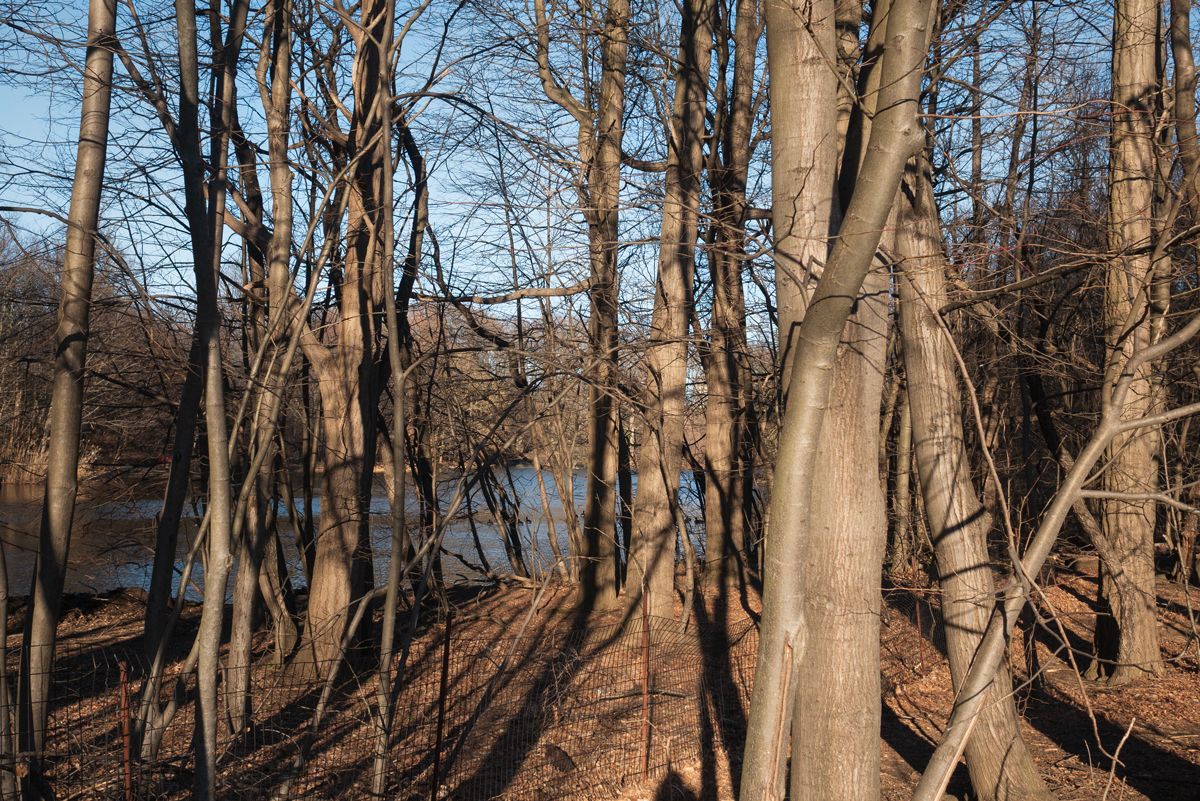
Annie Ernaux, The Years p. 95:
At every moment in time, next to the things it seems natural to do and say, and next to the ones we’re told to think--no less by books or ads in the Métro than by funny stories--are other things that society hushes up without knowing it is doing so. Thus it condemns to lonely suffering all the people who feel but cannot name these things. Then the silence breaks, little by little, or suddenly one day, and words burst forth, recognized at last, while underneath other silences start to form.
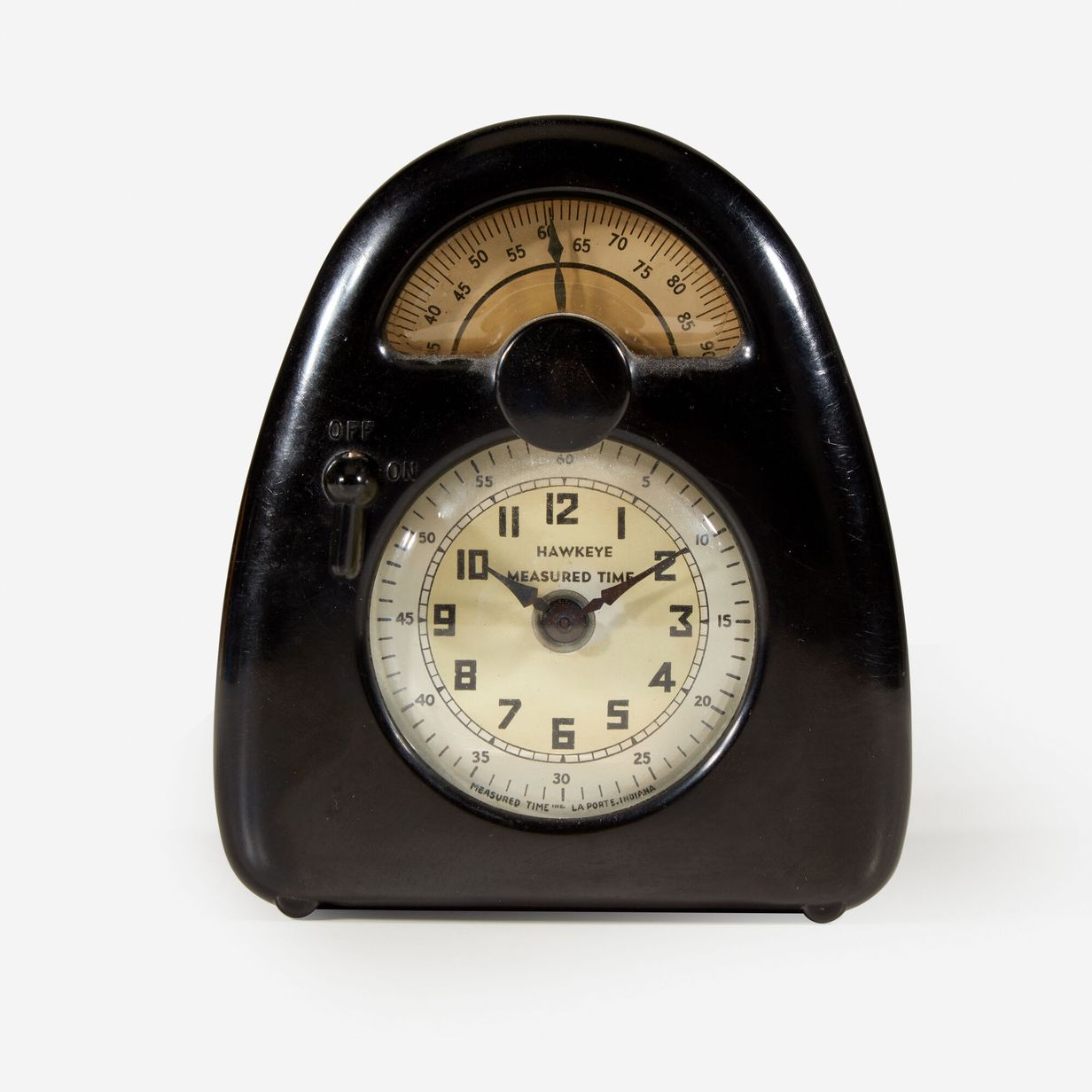 Isamu Noguchi, Hawkeye measured time clock and kitchen timer (1932).
Isamu Noguchi, Hawkeye measured time clock and kitchen timer (1932).

I never mentioned it before, but the color scheme here was meant to be based on a red onion. I really love that color purple. It’s difficult to reproduce as a single tone since the actual bulb is a gradation.
Changelog
I always intended to make a decision about organization once I hit 10 posts. I made some big changes to the website structure today to accommodate new ways of manipulating the post library.
What is new:
-
Only seven posts now show on the home page. I chose the number seven because there are seven days in a week. If I post every day, one week's worth of posts will appear.
-
The eighth post and beyond appear in a list at the end of the home page. People who want to read every post can click into each entry individually.
-
Each post is now stamped with the date and the time. I know this is insane, but it's so I can post multiple times per day (like today).
-
I've written a bash script to automatically create a new folder in my posts folder that is given the current date and time as its title. The script also creates an index.md file inside this new folder at the same time. This ensures that my permalink matches the "date created" data in the post. The script looks like this:
mkpost() { mkdir -p -- src/posts/$(date %Y-%m-%d-%H-%M) && touch -- $_/index.md } -
I created tag pages so that I can begin to make collections of useful topics. At the moment I'm only using "about", "changelog", and "my-work". This post is included in changelog and can be demonstrated here.
Hope to stop blogging about my blog itself for a little while now :)
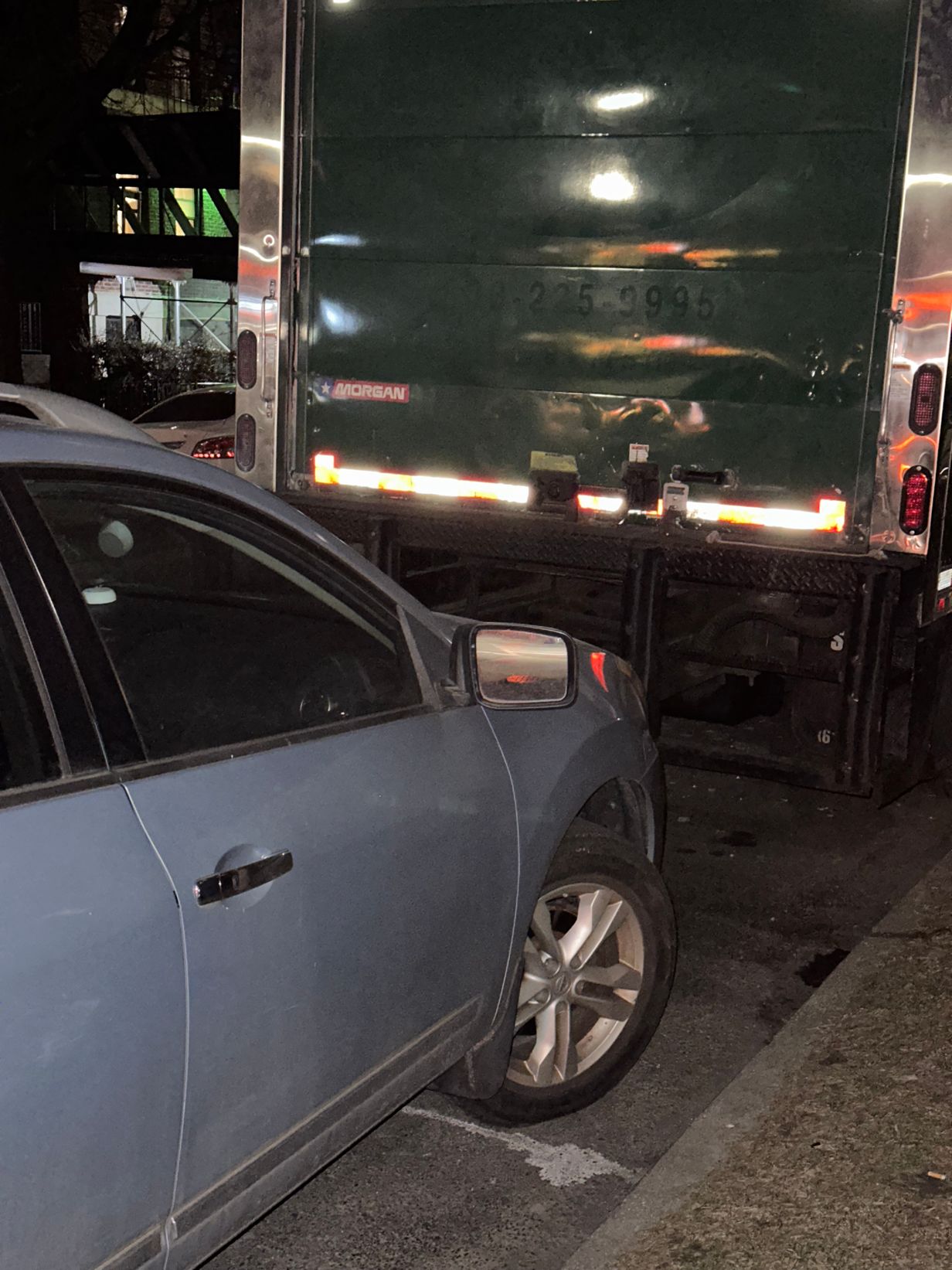
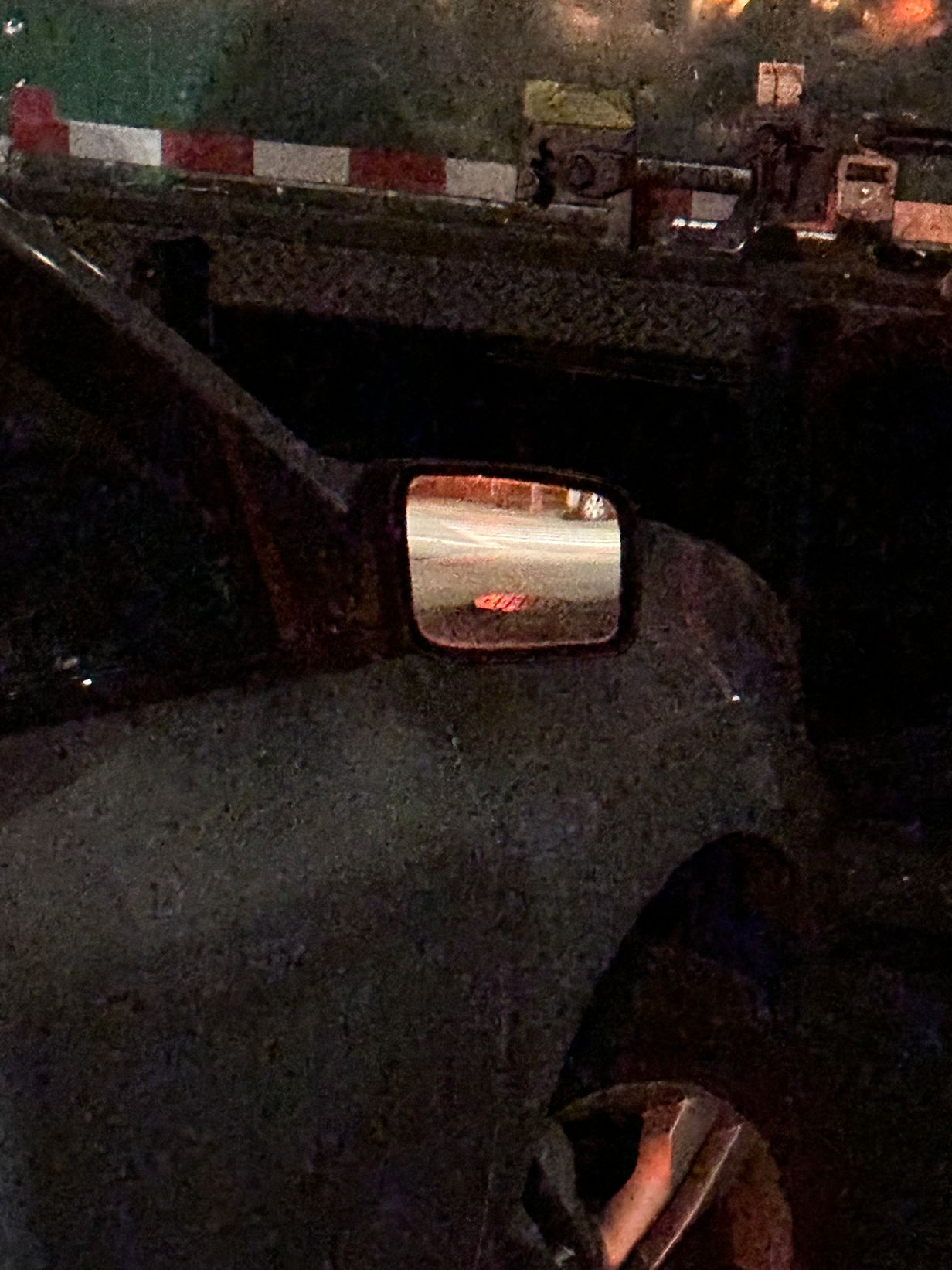
Changelog
I moved my hosting from Github Pages to NearlyFreeSpeech.net. Even though Github’s service is free, it felt counter to the spirit of my project to work with a company owned by Microsoft. I like the ethos of Nearly Free Speech and their frumpy text-based web presence. My files are living here for $0.02 per day.
Speaking of text-based, I’m feeling very excited about command-line interfaces now that I’ve spent some time uploading and downloading via SSH. Historically, operating in the terminal has been really intimidating for me but this experience setting up my new server space has helped unlock a new confidence and understanding. I am grateful to Michael for confirming that “it’s just files,” and for sparking the idea for the script which publishes the page you are reading now. I’m seeing computers in a new light. Many programs really are just writing files and moving them around. The art of text files and their arrangement is my new obsession.
I’ll leave my first post intact in case anyone would still like to use the resources listed there as a guide for deploying Eleventy with Github Pages. From here, I will now be publishing with the command “npm run woo”, in which “woo” equals:
npx @11ty/eleventy && rsync -zavP --delete /my/local/path/ my_account@my.host.net:/my/remote/path
(saved in the scripts section of my package.json file). This runs the Eleventy build command and, when successful, synchronizes the contents of the _site output folder with the public location on my server. I chose to name it woo because I was excited and “woo” is how I feel every time I post.

Lastly, I wrote a draft of this post on my Supernote as a txt file and then copied it into the Pico editor in my terminal application. I decided if I’m earnest about disengaging from Microsoft, I probably shouldn’t use VS Code to write my blog entries either. Next for me is learning Doom Emacs.
woo!
When I first started working on this blog’s design I thought about building in a script that would automatically insert a blank post at the start of every day. That way, if I didn’t post, the website would fill up with blank lines. I hoped it might encourage regular posting to keep the lines from piling up. Now that my blog has been live for almost two months I feel stressed about how little I am able to keep up with daily or even weekly publishing. Even though I decided the blanks feature would be too cruel and stressful, I still feel the phantom presence of the lines and how many empty days keep going by.
To get out from under the clock pressure, I had the thought to remove the dates from these entries entirely. And actually I’ve been thinking about my practice of excessively adding dates, and sometimes even timestamps, to everything written in my life in general. I’m no longer convinced that it matters to so diligently keep track of time and I wonder if things appearing in chronological order is enough of a structure, or could even link disparate ideas into a single stream.
My issue with undated entries is that I like having permalinks and I like the permalinks to be a dynamic variable. Not every post has a title so the date becomes a fallback title. I guess I have to admit that my use of dates is purely aesthetic for the “data look” and that’s enough of a reason to keep using them? I’m coming to terms with it.
After typing all this out, now I want to implement the blanks script after all lol.

Acoustic design
I’ve wanted to share a couple projects from the end of last year that haven’t really found a home in my archive. Well, I took down my portfolio website so maybe I mean I’m trying to establish a new kind of documentation for my work. I like explaining the steps I took to make something as a reminder to myself that there was something worth doing in the process even if the final object is just a jpeg. I use drawing more and more in my design. I like the way I can apply typographic rules to something that doesn't really fit into that system of thought. In the case of the following two projects, its feels like I turned a corner and am ready to let go of an old method so I wanted to make a note of where it happened.
1. Smack Mellon, Winter Party invitation
I was hired to make a benefit invitation for a non-profit art space. There wasn’t a lot to go on conceptually, but the party did coincide with the opening of a new exhibition so I did a bit of research on the artist to see what I could pull together.
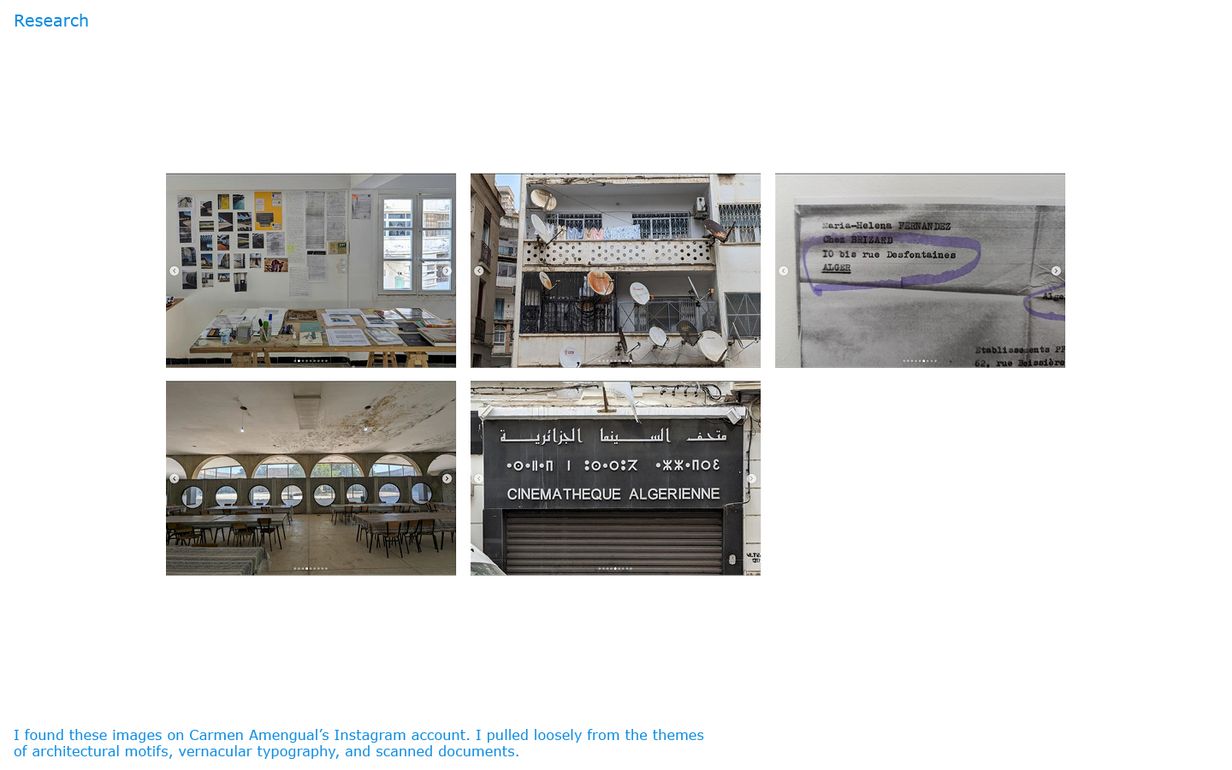 Images I saved from Carmen Amengual’s instagram page.
Images I saved from Carmen Amengual’s instagram page.
For whatever reason (Luddism) I am increasingly turned off by completely digital work. I like the idea of the presence of the hand where it doesn’t quite fit. For a long time now I’ve worked with Illustrator’s image trace tool, vectorizing scanned drawings to produce something that is neither hand nor not-hand. So I set to work drawing a page of circles in pencil that very vaguely referenced a photo of a cement architectural motif.
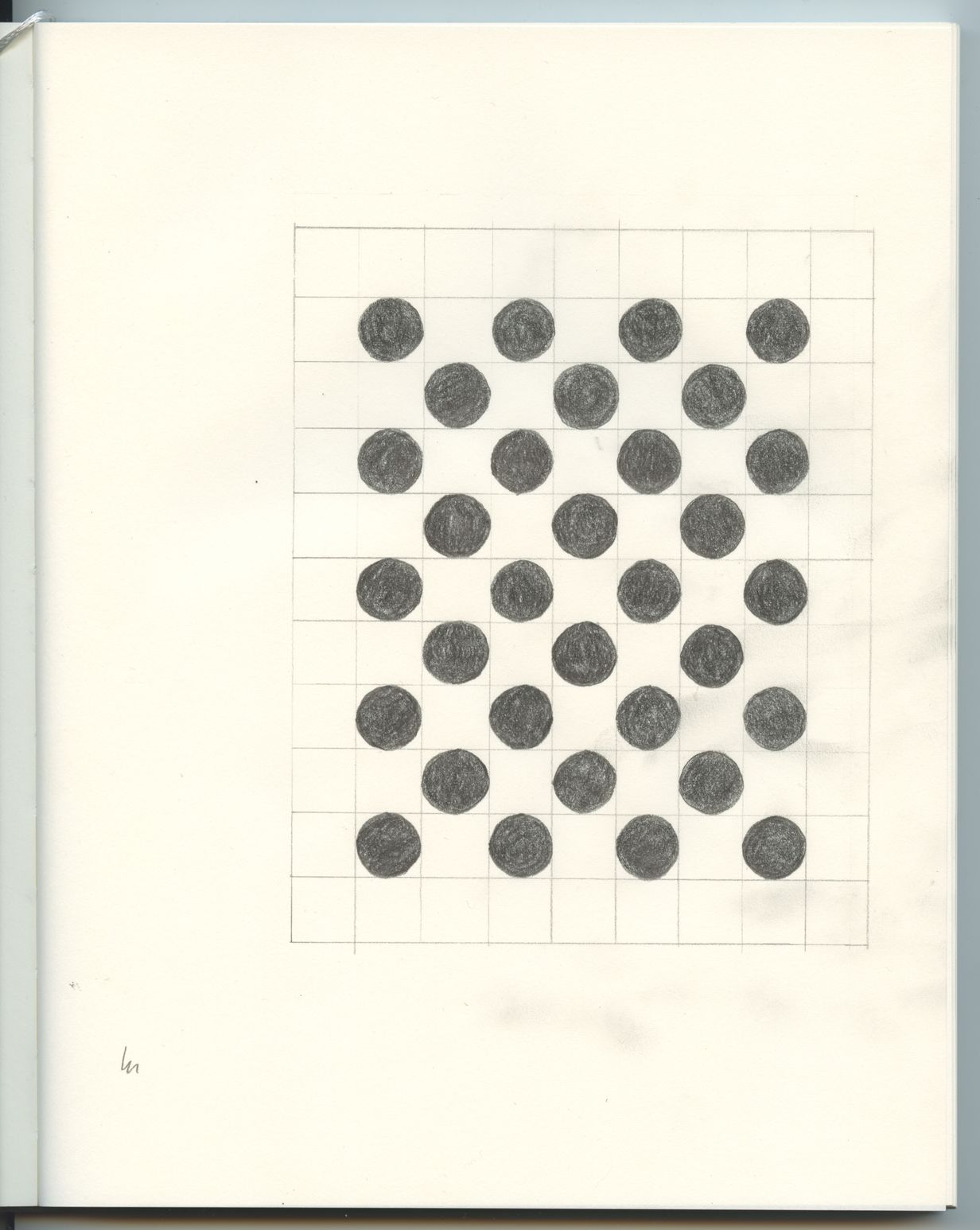 This took me much longer than I care to admit.
This took me much longer than I care to admit.
I ran through what I usually do. Scan the drawing, create a high contrast black and white edit, and apply my image trace presets.
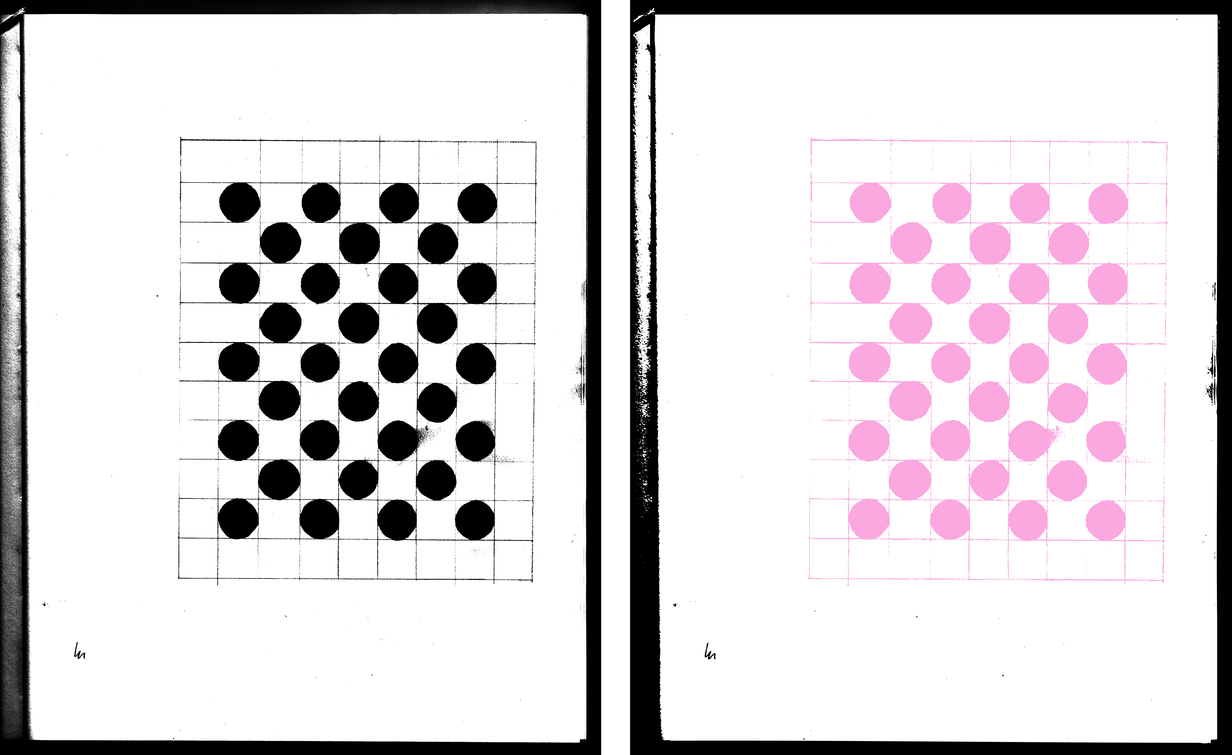 Left: grayscale jpeg, right: vector result.
Left: grayscale jpeg, right: vector result.
I used a portion of the vector results as a structural blueprint for the typographic layer. Some things align perfectly and some don’t. I would say it’s more of a spiritual logic than one that’s absolute.
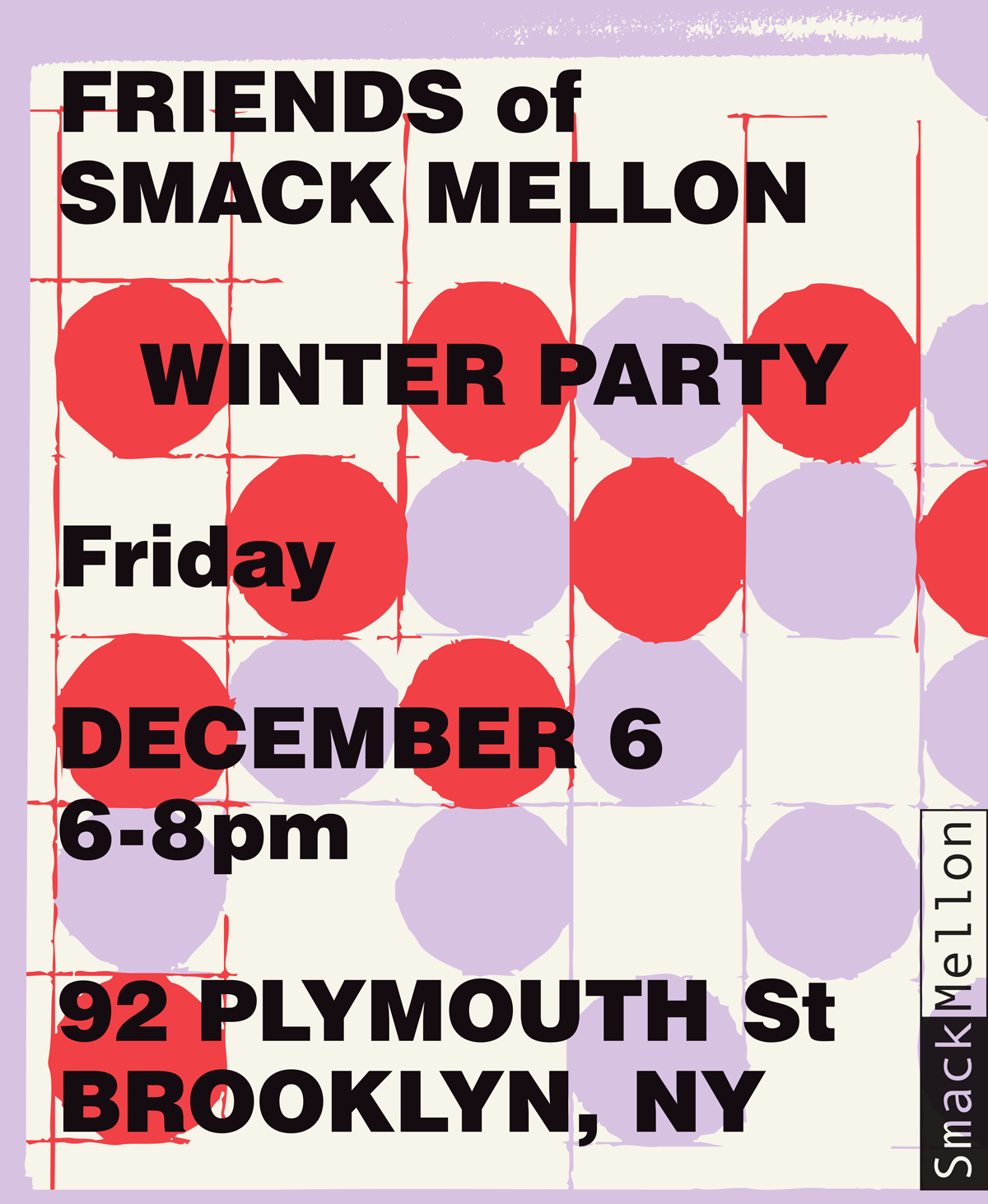 The final invitation.
The final invitation.
In the end this was a quick one-off that went into an email. Not very important to me or to the people who received it. I guess that’s why I feel the urge to commemorate it here.
2. Wilks Group, A Flat Suite album art
My friend Zack asked if I wanted to work on the album art for their upcoming album and I don’t think I’ve ever worked on a music release before so I was excited for the opportunity. The songs are mostly acoustic arrangements and so it made sense to me to make this another drawing project. Drawing is acoustic design?
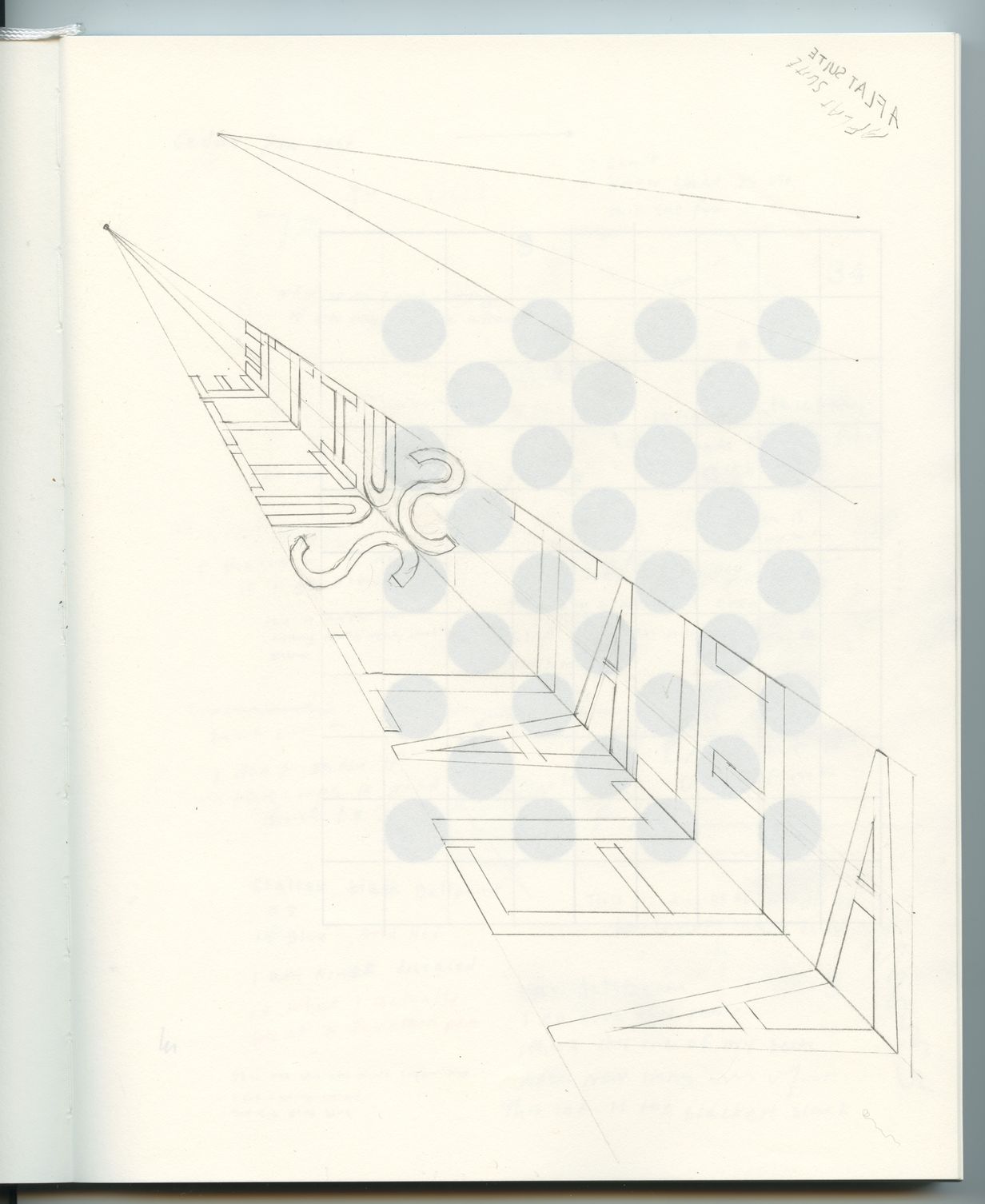 My first attempt to scan the “A Flat Suite” drawing captured the Smack Mellon invitation sketch underneath. Funny.
My first attempt to scan the “A Flat Suite” drawing captured the Smack Mellon invitation sketch underneath. Funny.
I had this idea to depict flatness in the text. I wasn’t sure how I would render it in the final version, but I started with this drawing of the letters in one-point perspective, thinking that the “shadow” of the reversed letters would spell the title in the correct orientation. From there, honestly I got stuck so I made a page of nothing doodles a few weeks later to clear the cobwebs.
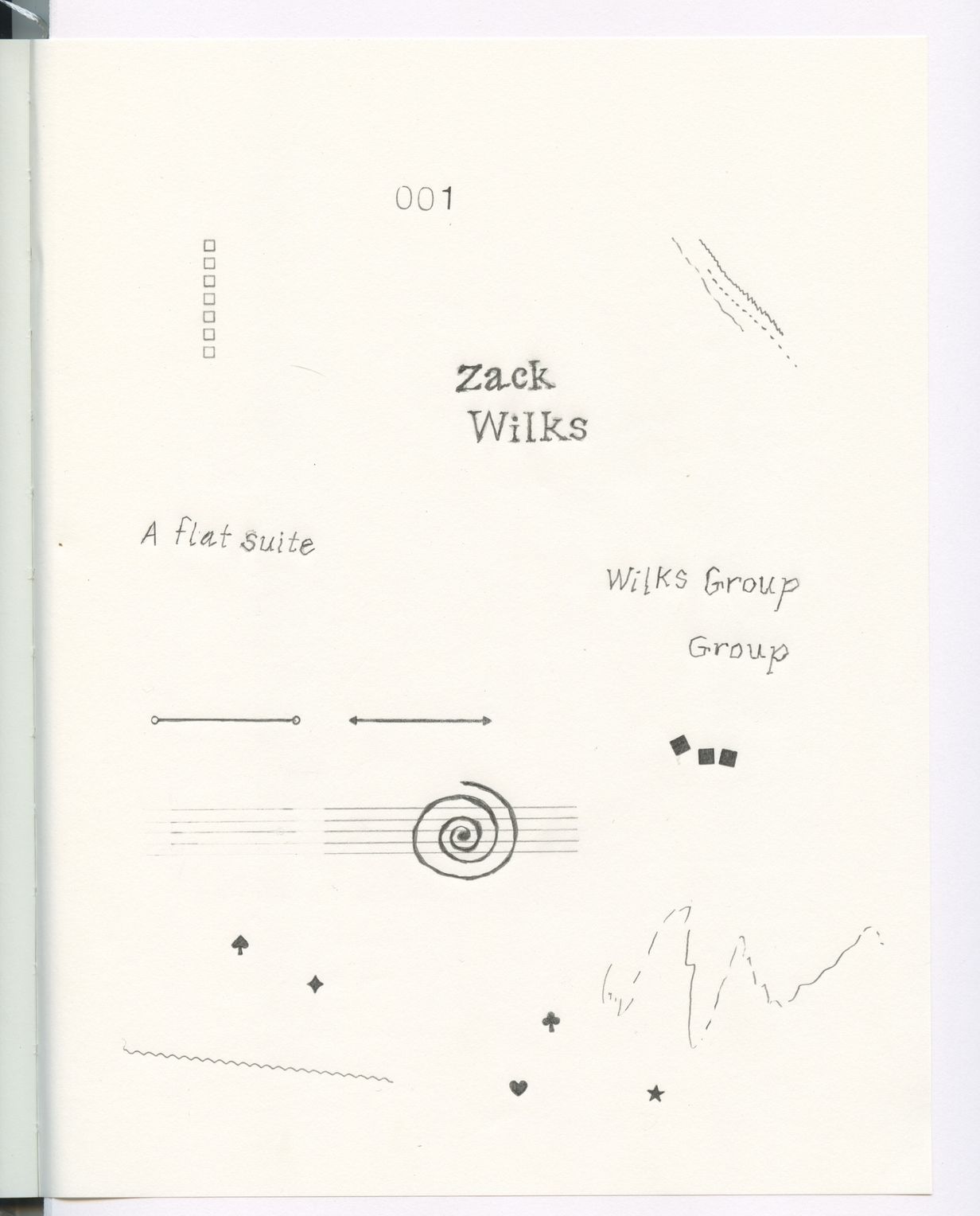 I had just gotten a stencil in the mail for entirely different reasons.
I had just gotten a stencil in the mail for entirely different reasons.
My next step would normally be to image trace and start playing around with all the parts, but this time it felt wrong - or at least boring. Especially so soon after finishing a project using the same process. It dawned on me that I could work with the raw drawings as primary elements. Something I had weirdly never considered before.
 Struggling with including digital type.
Struggling with including digital type.
In my sketches, I was getting sick of digital type feeling like an isolated layer on top of a drawn background. No combination felt incorporated or of the same world. Album art is forgiving in that it doesn’t need to have legible text, or any text at all. Collage felt like a refreshing way to think about things. I came up with new rules about how images could have baselines and align to the grid. I did my best to arrange the drawings as if they were letters.
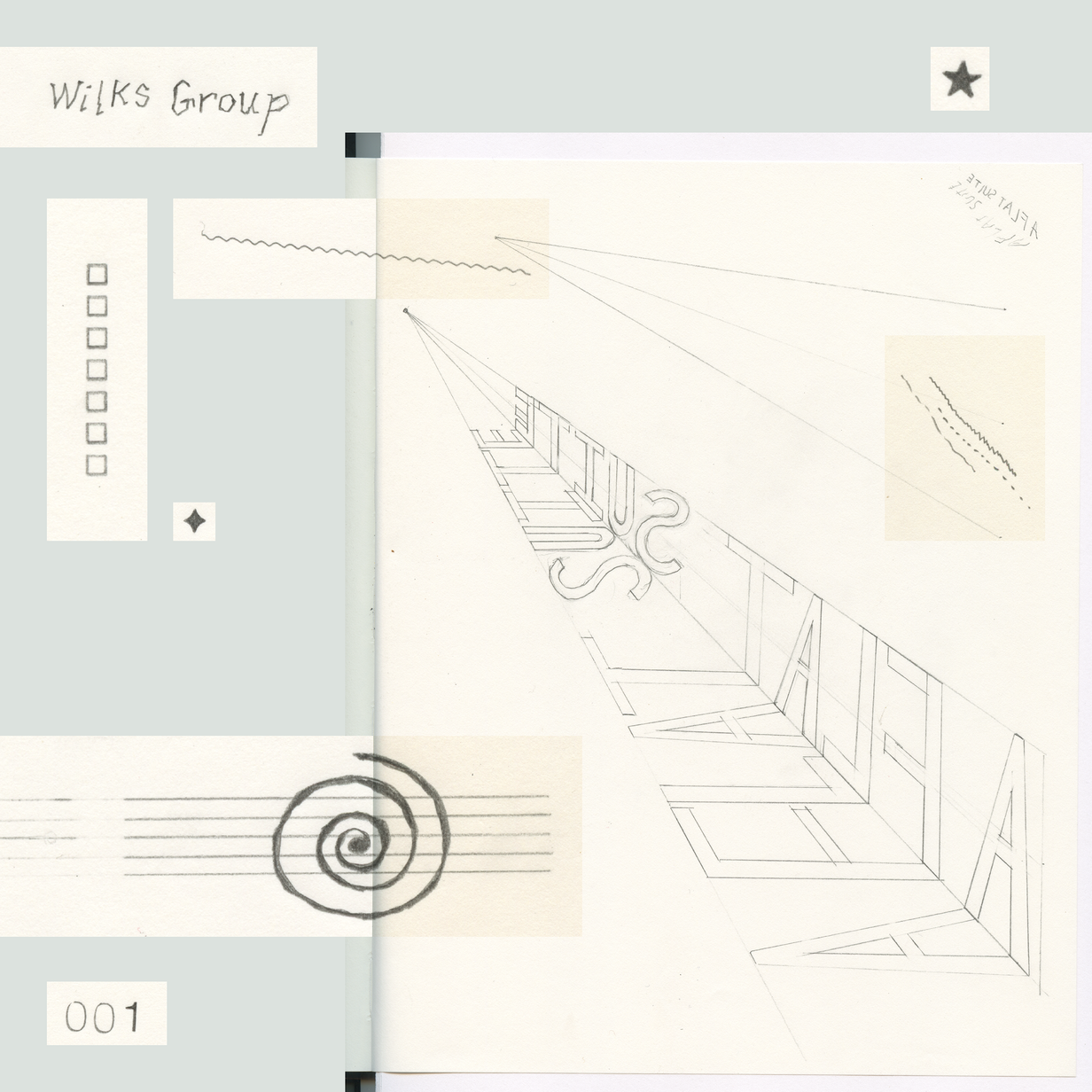 The final album art. Type it with pencil.
The final album art. Type it with pencil.
I’m happy to have unstuck myself in this way. I can’t promise that I’ll never use image trace again. The lesson here for me is less about vector vs. raw and more about creating a cohesive visual language that better integrates the hand with the not-hand. At the very least it feels nice to have done something differently.
Note: This post is filed as being created on 2025.02.03. That is the day I started this draft. The actual publish date is 2025.02.21. I can’t decide what is more accurate so I’m leaving it in the past.
If you’re checking my blog, blink twice
Some forms of representation are truer than others. A photo isn’t always the best download. The brain is an imperfect hard-drive. Writing can save a picture of a thought. I’m excited about all kinds of pictures. Essentially I’m excited about light. The best camera is the one you have with you (AKA YOUR EYES).
 Enhanced version by the Swiss, Helmut Gersheim (1913-1995) performed ca. 1952 of Niépce’s View from the Window at Le Gras, (Harry Ransom Humanities Research Center, University of Texas, Austin) the first successful permanent photograph created by Nicéphore Niépce in 1826 or 1827, in Saint-Loup-de-Varennes. Captured on 20 × 25 cm oil-treated bitumen. Due to the 8-hour exposure, the buildings are illuminated by the sun from both right and left.
Enhanced version by the Swiss, Helmut Gersheim (1913-1995) performed ca. 1952 of Niépce’s View from the Window at Le Gras, (Harry Ransom Humanities Research Center, University of Texas, Austin) the first successful permanent photograph created by Nicéphore Niépce in 1826 or 1827, in Saint-Loup-de-Varennes. Captured on 20 × 25 cm oil-treated bitumen. Due to the 8-hour exposure, the buildings are illuminated by the sun from both right and left.

I’m in Vienna this week.
Camera roll












 Last photo taken in my pocket.
Last photo taken in my pocket.
First post
I texted Gordon that my blog was nearly done and ready for my first post. He wrote back: “what shall fill this hallowed space” (including the quotation marks). That made me laugh. It also made me think about how having a blog is bound to be a little embarrassing. Still... this is what I want my website to be.
I’m used to launching projects with a predetermined, if not overdetermined, system for both the front and back end’s design. This can lead to a website that looks impressive but may not actually be very useful or usable. It can quickly become a dead end. The ideal time to design a website would be after it’s over, not before it begins.
Websites have no end
For this latest iteration of my personal space on the web, my intention is to forego anticipation and launch with a design for an empty website because websites are born empty. I’m going to allow content to take the lead and this container will grow more specific as I go.
 Documentation of how this page appears at the time of publishing. I will probably make posts (or a changelog) to keep track of design updates because I’m a nerd and I need a place to talk about that kind of thing.
Documentation of how this page appears at the time of publishing. I will probably make posts (or a changelog) to keep track of design updates because I’m a nerd and I need a place to talk about that kind of thing.
I tried my best to stay completely structureless but in the end I am a graphic designer, so my one concession was to include dates on each post. These punctuate a timeline and provide practical permalinks to single post pages. I feel comfortable allowing this single necessity to start. Everything else I will address as it comes.
What shall fill this hallowed space
Besides simply being a project for me to fixate on, I have a few ideas about what this website is for.
- To practice writing
- To remember things I find interesting
- To document my work in realtime
- To build a website that is continuously in development
Production notes
This website is built on Eleventy and hosted in a Github repository. (Pipe dream to learn how to self-host some day.) To write this post I organized my thoughts in Obsidian and eventually landed on handwriting a draft on my Supernote.
 Obsessed with this Staedtler EMR stylus.
Obsessed with this Staedtler EMR stylus.
To publish, everything is typed into a markdown file in VS Code and pushed live via git command line. I’m using peaceiris’s Github Pages Action to run the build remotely and deploy the static site to the branch that this link points to. I figured much of this out thanks to this blog post by Quinn Dombrowski.
Most of the work that went into this project has to do with the process behind the scenes (agonizing over folder structures and automatic image optimization). Everything has been set up to reduce barriers to posting. My hope is for the result to feel like a public notebook.
I have to thank Laurel for introducing me to Eleventy and for being an excellent sounding board throughout the development process. Much gratitude is also due to my partner Elizaveta for listening to me say the word “blog” many, many times and still loving me.
